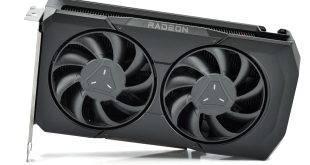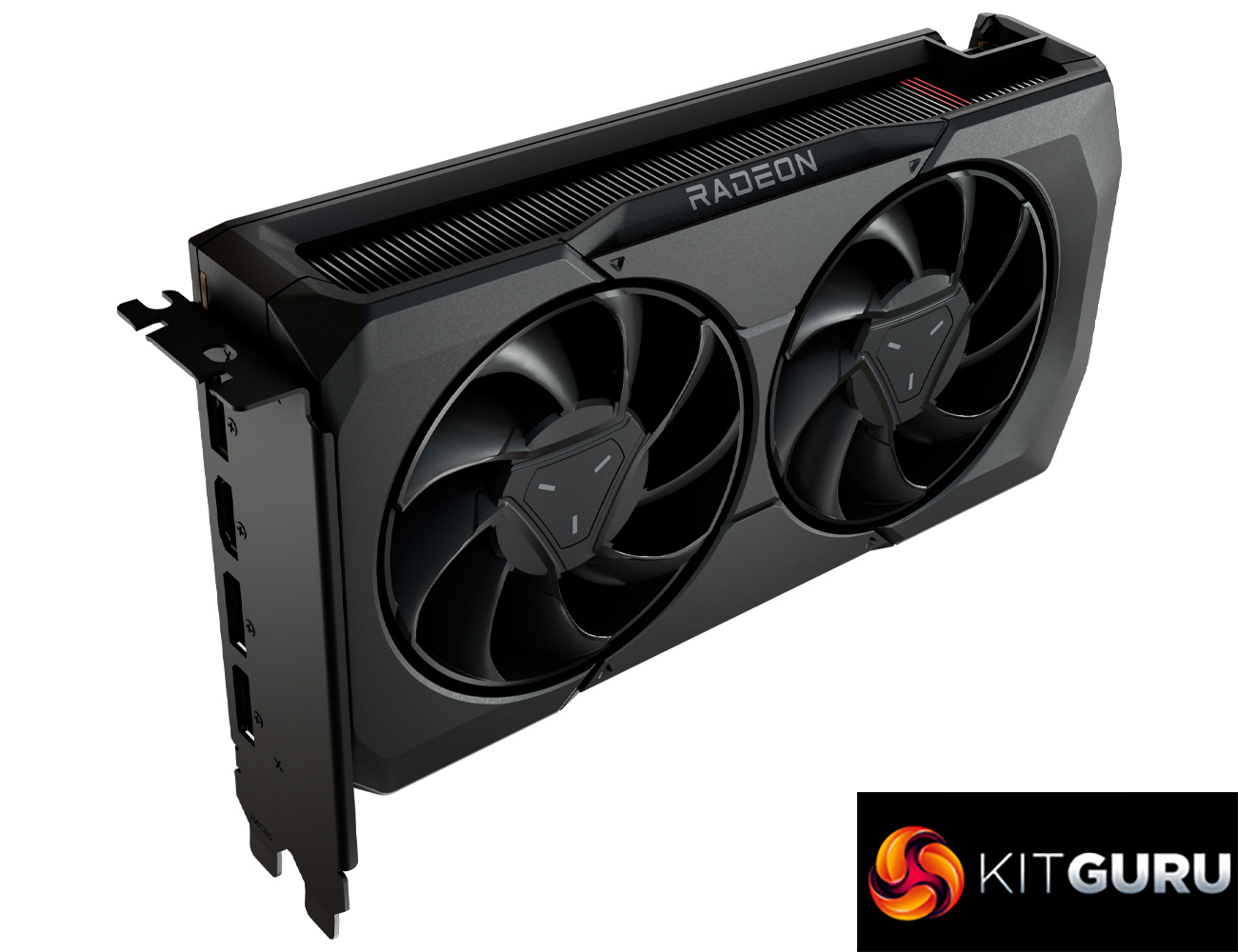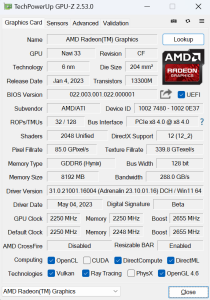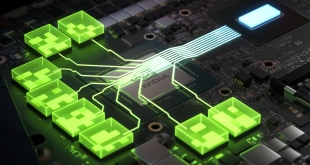
There's a saying in London that you might wait ages for a bus, and then two come along at once. This week, that scenario has played out perfectly in the GPU space, with Nvidia releasing the RTX 4060 Ti 8GB yesterday, and that is followed today by AMD's RX 7600. Claimed to be 29% faster than the RX 6600, but with a lower MSRP at launch, we test gaming performance, ray tracing, power draw, efficiency and more in this review.
Things have been quiet at AMD's GPU division for several months now, with no new releases since the launch of the RX 7900 XTX and 7900 XT. That changes today however, as the RX 7600 has been officially announced, with retail availability from tomorrow, May 25th.
Initially targeting a £289.99/$299 MSRP, just yesterday AMD confirmed to us that the RX 7600 will in fact retail from £259.99/$269, making it £40 cheaper than the RX 6600 it replaces, at least based on the launch MSRP. RDNA 2 GPUs are now selling well below MSRP however, so there's only one thing left to do – let's benchmark this new GPU and find out how it compares…
If you want to read this review as a single page, click HERE.
| RX 6700 XT | RX 6650 XT | RX 6600 XT | RX 6600 | RX 7600 | |
| Architecture | RDNA 2 | RDNA 2 | RDNA 2 | RDNA 2 | RDNA 3 |
| Manufacturing Process | 7nm | 7nm | 7nm | 7nm | 6nm |
| Transistor Count | 17.2 billion | 11.1 billion | 11.1 billion | 11.1 billion | 13.3 billion |
| Die Size | 336 mm² | 237 mm² | 237 mm² | 237 mm² | 204 mm² |
| Compute Units | 40 | 32 | 32 | 28 | 32 |
| Ray Accelerators | 40 | 32 | 32 | 28 | 32 |
| Stream Processors | 2560 | 2048 | 2048 | 1792 | 2048 |
| Game GPU Clock | Up to 2424MHz | Up to 2410MHz | Up to 2359MHz | Up to 2044 MHz | 2250 MHz |
| Boost GPU Clock | Up to 2581MHz | Up to 2635MHz | Up to 2589MHz | Up to 2491MHz | Up to 2625MHz |
| ROPs | 64 | 64 | 64 | 64 | 64 |
| AMD Infinity Cache | 96MB | 32MB | 32MB | 32MB | 32MB |
| Memory | 12GB GDDR6 16Gbps | 8GB GDDR6 17.5Gbps | 8GB GDDR6 16Gbps | 8GB GDDR6 14Gbps | 8GB GDDR6 18Gbps |
| Memory Bandwidth | 384 GB/s | 280 GB/s | 256 GB/s | 224 GB/s | 288 GB/s |
| Memory Interface | 192-bit | 128-bit | 128-bit | 128-bit | 128-bit |
| Board Power | 230W | 180W | 160W | 132W | 165W |
First, let's take a quick look at the specs. Still based on the RDNA 3 architecture, things are slightly different to what we saw with the RX 7900 XTX and 7900 XT. For one, the chiplet-based design has reverted to a monolithic die, and instead of using TSMC's 5nm process, Navi 33 makes use of 6nm, with a 204 mm² die size.
Internally though, the compute makeup hasn't been radically changed. Navi 33 packs in 32 Compute Units, each of which houses 64 Stream Processors, for a total of 2048 shaders. There's also 32 Ray Accelerators – one per CU – and 64 ROPs.
As for clock speed, this remains high with the RX 7600, with AMD touting a boost of up to 2625MHz, though a slightly lower game clock of 2250MHz.
Meanwhile, the memory configuration is almost identical to the previous generation RX 6600. We still find 8GB GDDR6 operating over a 128-bit interface, but this time the memory clocks in at 18Gbps, up from 14Gbps. This gives a memory bandwidth of 288 GB/s, though AMD claims an ‘effective' bandwidth of 476.9 GB/s due to the 32MB of 2nd Gen Infinity cache.
As with Navi 23, Navi 33 also features a cut-down PCIe interface, offering a Gen4 x8 connection.
Power draw for the RX 7600 is rated at 165W Total Board Power (TBP), an increase from the 132W figure for the RX 6600. We are using our updated GPU power testing methodology in this review, so read on for our most detailed power and efficiency testing yet.
 KitGuru KitGuru.net – Tech News | Hardware News | Hardware Reviews | IOS | Mobile | Gaming | Graphics Cards
KitGuru KitGuru.net – Tech News | Hardware News | Hardware Reviews | IOS | Mobile | Gaming | Graphics Cards



